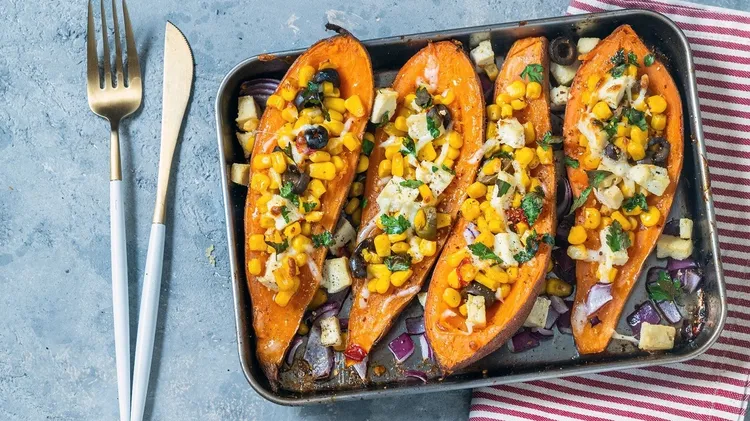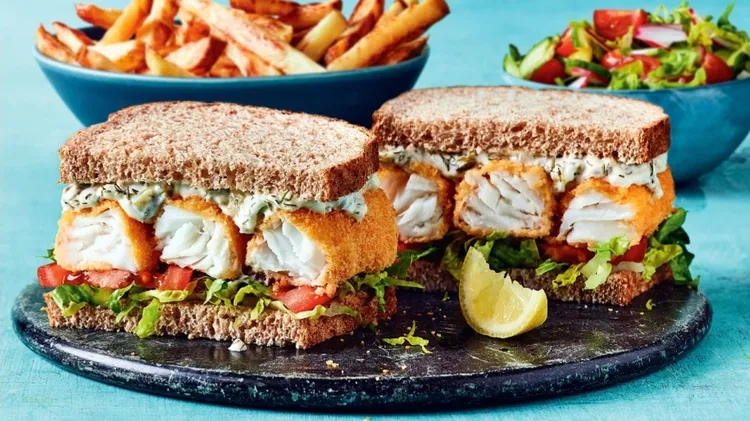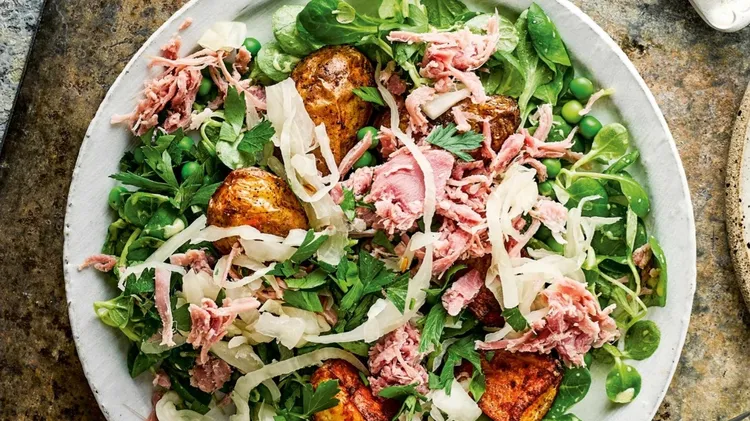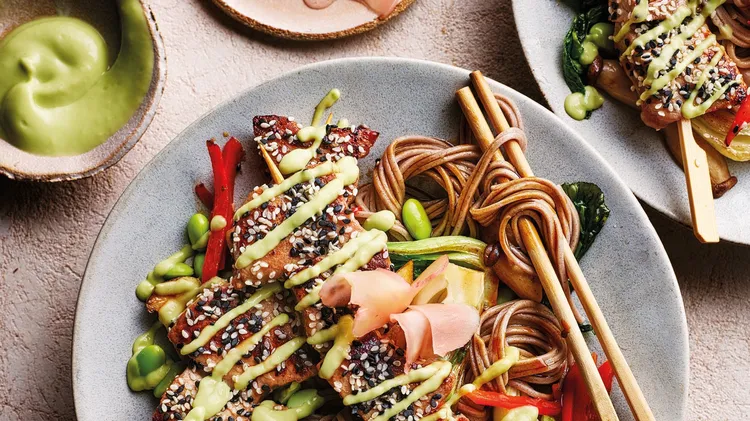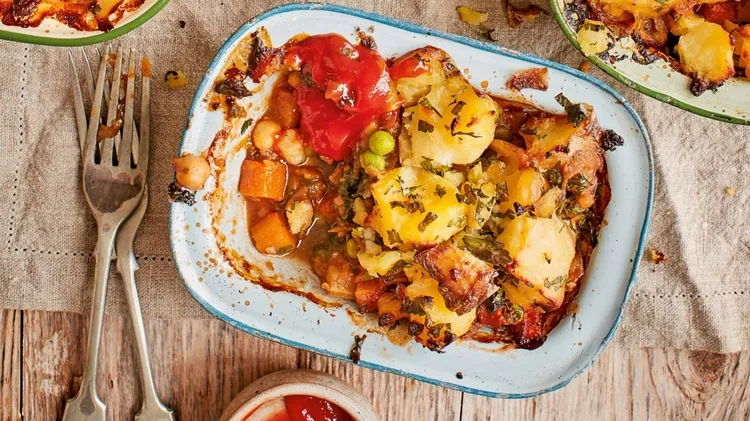Month to month, we’ll give you the lowdown on the most ta
New series all about the keto diet
5 min read
This article is from...
Read this article and 8000+ more magazines and newspapers on Readly

